- Joined
- 9 October 2009
- Messages
- 21,973
- Reaction score
- 13,620
Somehow I rather doubt it. 
Yes, I believe they're looking at some sort of "nuclear winter" approach which aims to offset the current global warming trend.I’m curious whether the Russians are doing climate change research at their nuclear labs?
Wildfires Near Russia’s Nuclear Research Center Spark State of Emergency - The Moscow Times
Russian authorities have declared an interregional state of emergency as tough-to-contain forest fires threaten the country’s top-secret nuclear weapons research center, Interfax reported Tuesday, citing the emergencies ministry. Wildfires have raged in the Nizhny Novgorod region and the...www.themoscowtimes.com

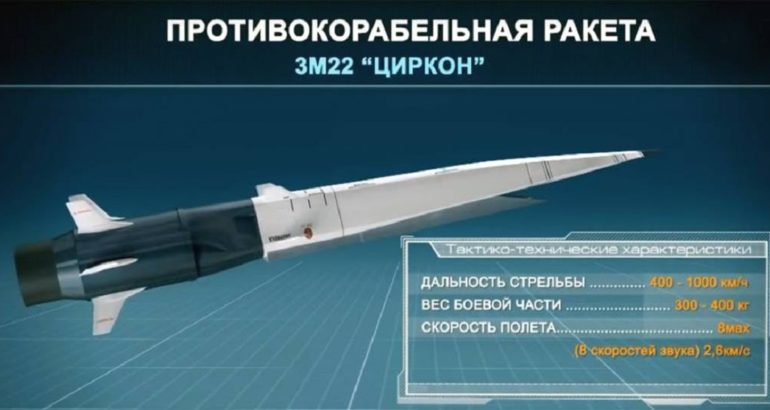
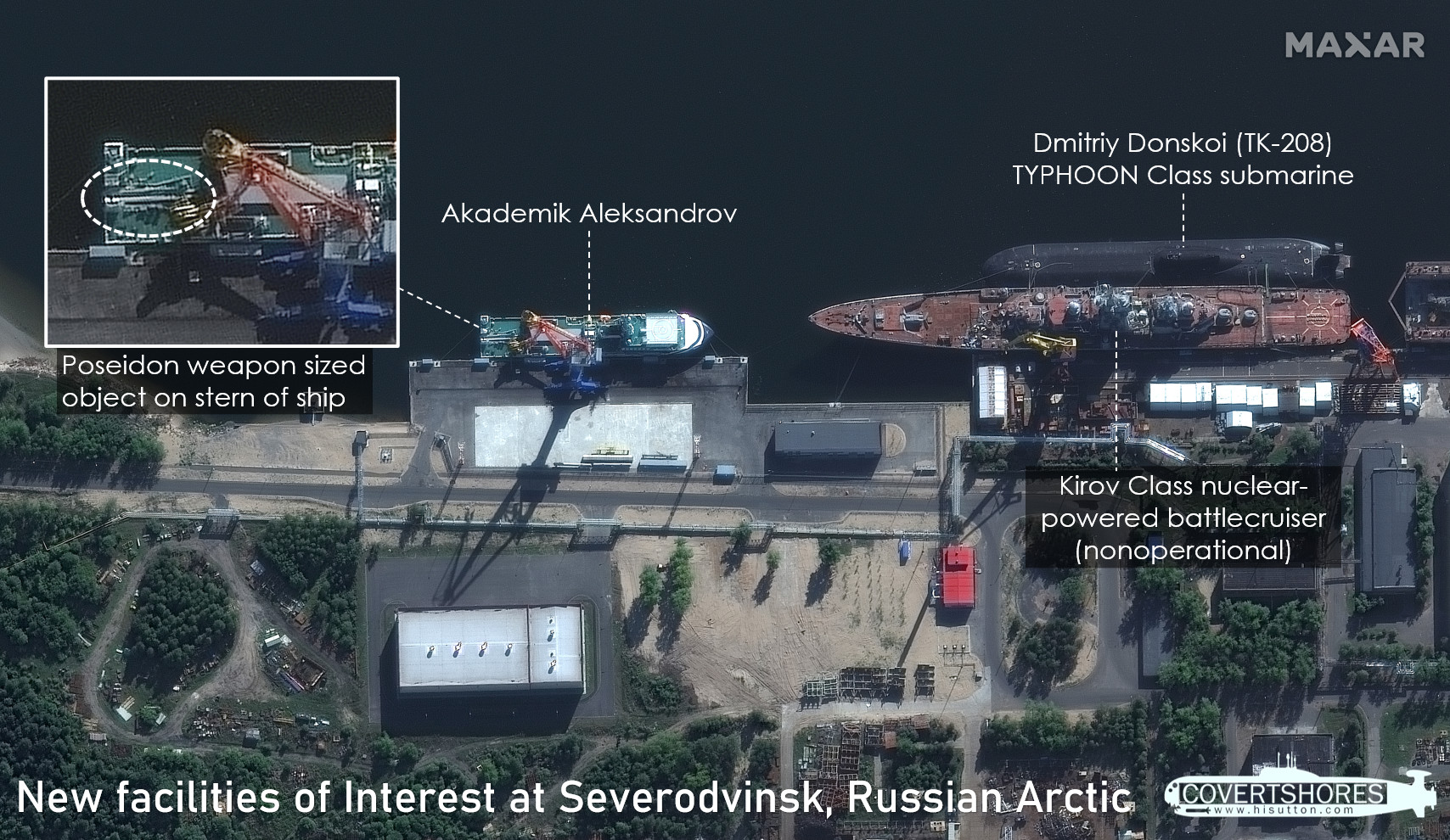
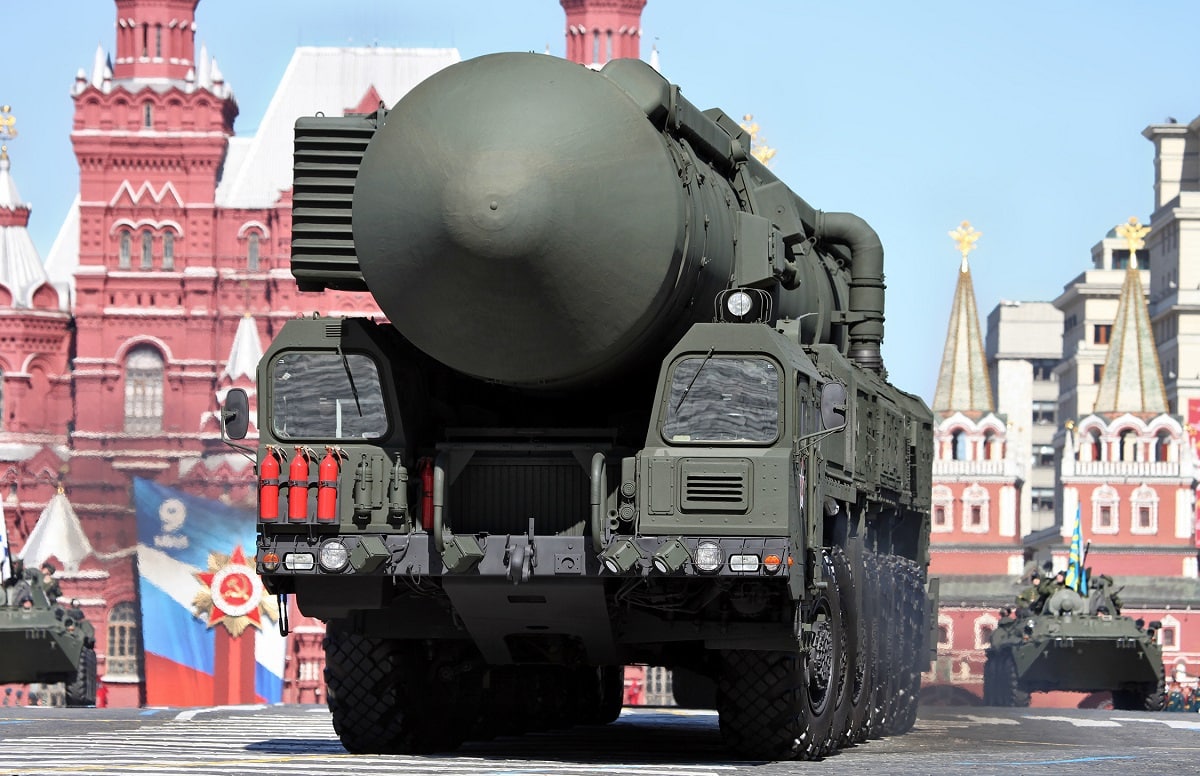

Russia's Massive Nuclear Weapons Buildup Should Terrify You
In April 2021, noted Russian journalist Pavel Felgenhauer wrote, “Indeed, taking into account nonstrategic (tactical) nuclear weapons, which no one has ever verifiably counted, Russia may have more (maybe twice as many overall) than all the other official or unofficial nuclear powers taken...www.19fortyfive.com

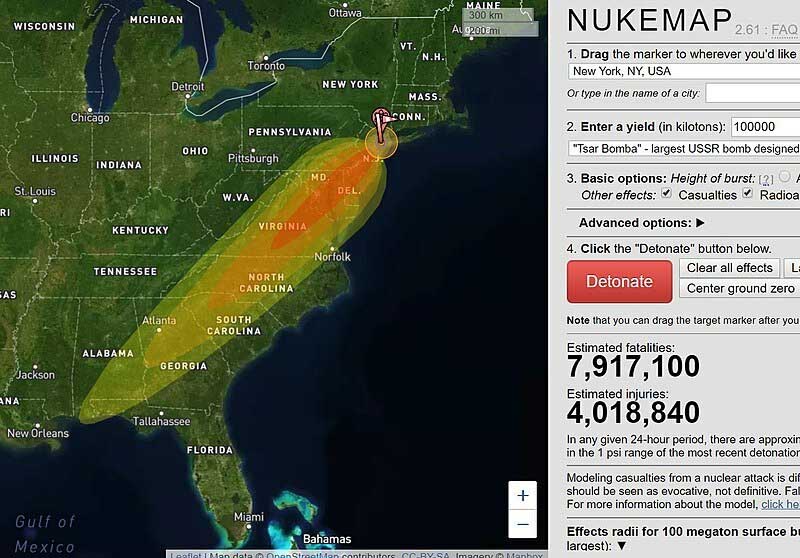
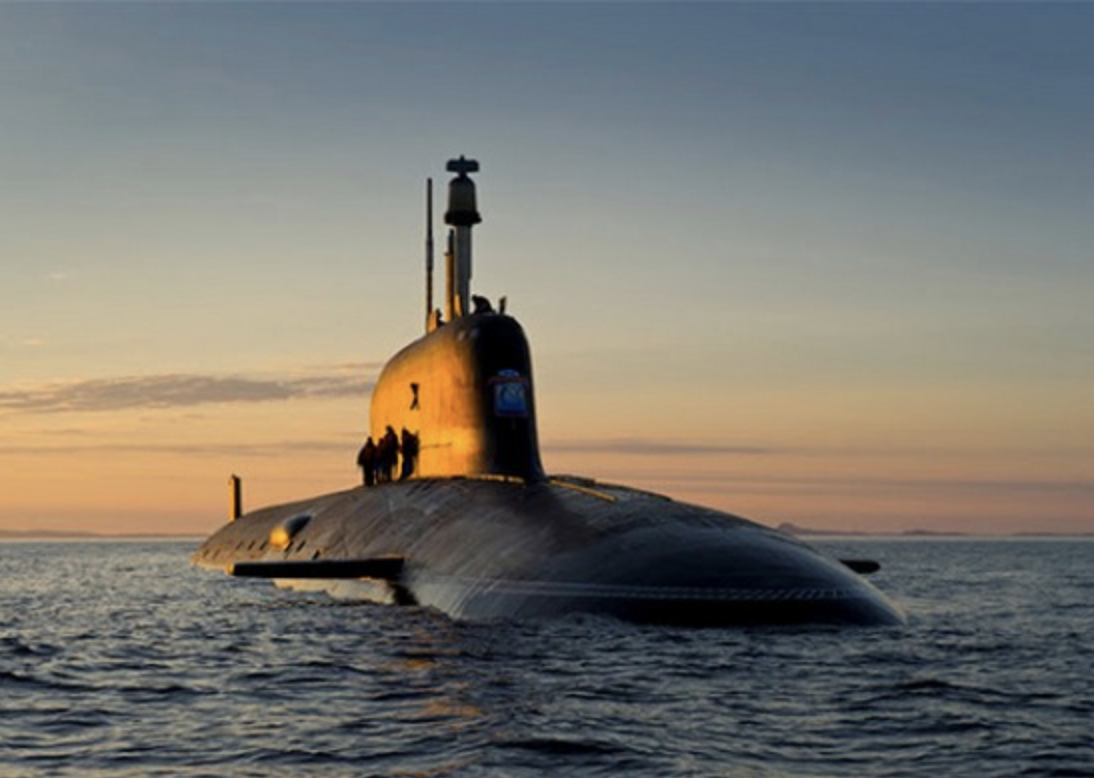
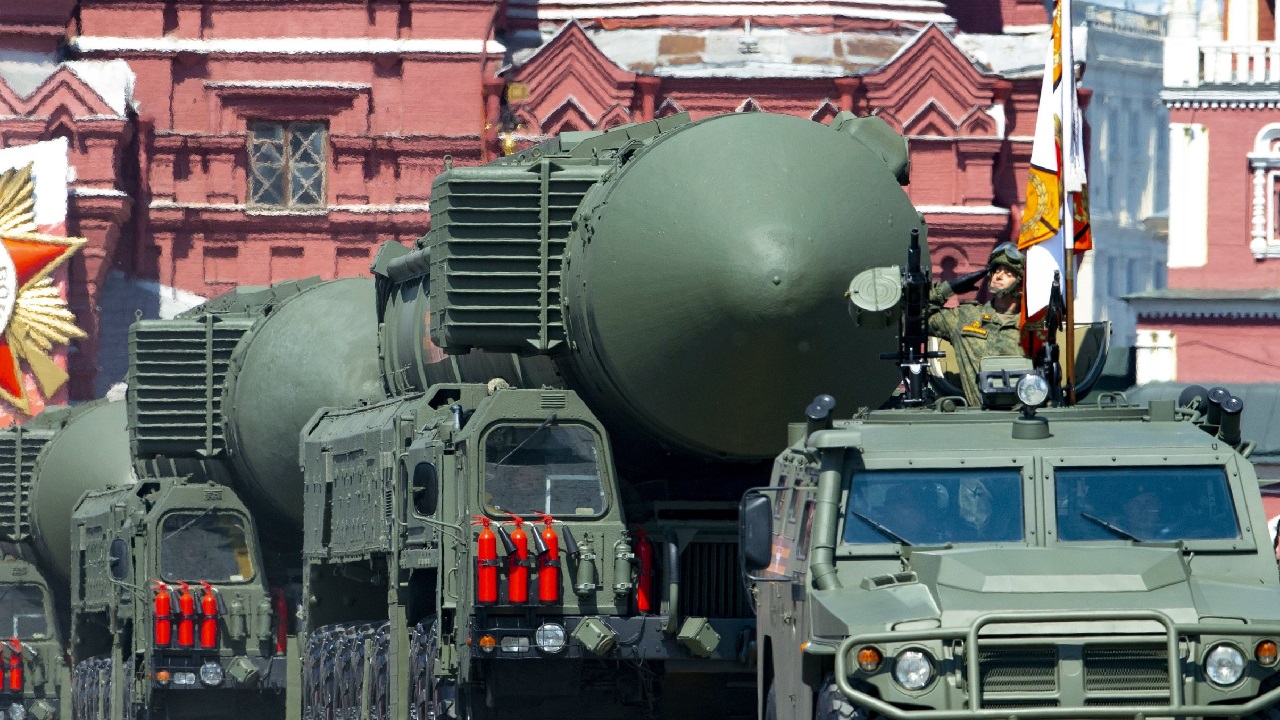
And with the land side of the Ukrainian invasion showing awfully poor maintenance, and bearing in mind the famous maintenance deficits of the navy (tugs accompanying most deployments), one has to wonder how the strategic forces would actually perform if called upon to carry out their singular mission?Given recent events, there is a take where Russian spending on navy and strategic forces is a major mistake. The allocated army is insufficient for Ukraine scale occupation even with normal performance, and actual performance is poor and already failed at achieving many war aims.
Unlike the ongoing land war, there is no clear use case for naval and advanced strategic forces.

 www.arabnews.com
www.arabnews.com
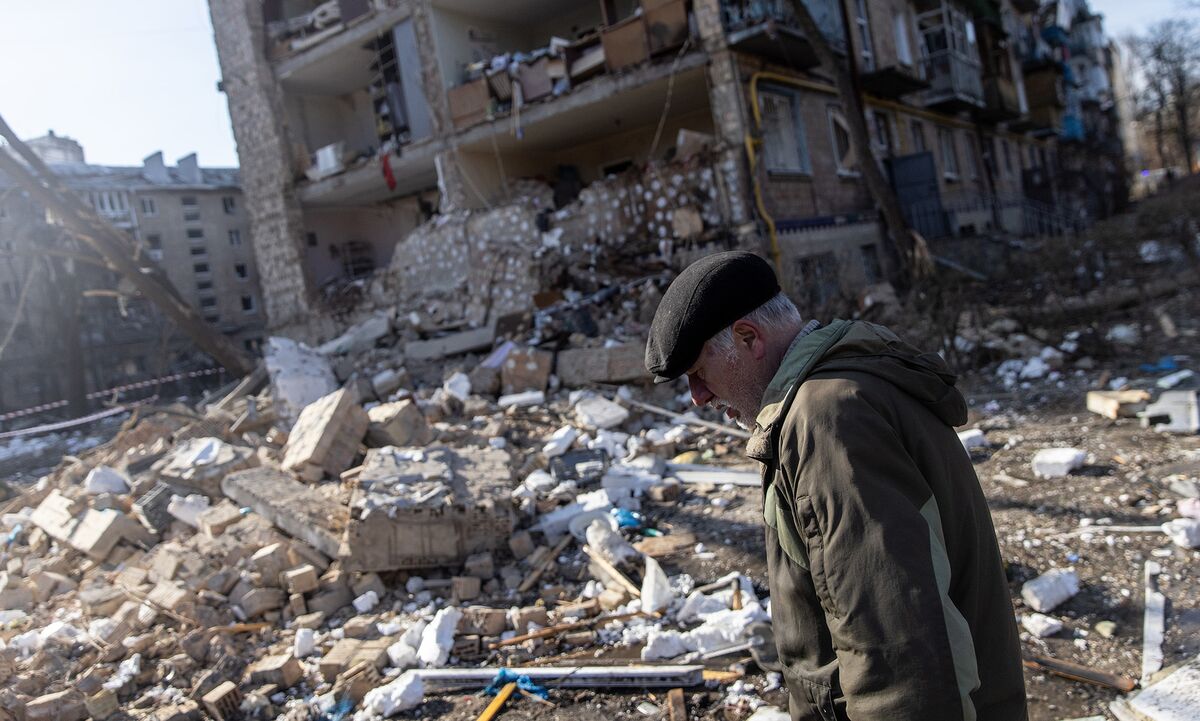
Unfortunately due to what I do know, I can't go into details. But I can say that every single one of his points can be traced back to Russian news sources over the past 10 years, which we all know are of very dubious quality. He doesn't do any new analysis, just merely repeats stuff previously talked about.In what way is it inaccurate as the guy doing it is a professional historian to the best of my knowledge. You cannot just say something is inaccurate, without stating how it is inaccurate?Might be new but all the information is both old and quite inaccurate.
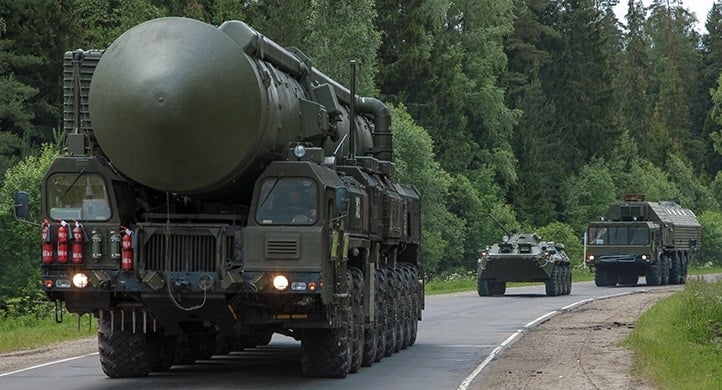
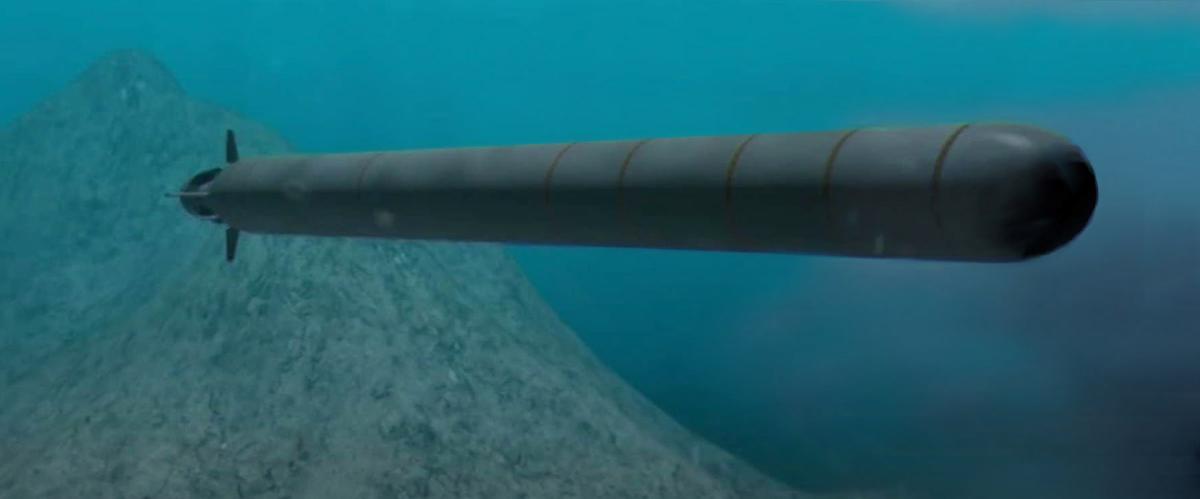
It's a step down the road to suitcase nukes, assuming they don't already exist, and maybe orbital warhead deployment platforms too.
Autonomous Nuclear Torpedoes Usher in a Dangerous Future
Russia’s megaton-class Kanyon weapon disrupts arms control and deterrence.www.usni.org
I'm pretty sure both sides did develop nuclear demolition charges. I think the US one was called SADM. Orbital nukes are banned by the outer space treaty, and I suspect that one of the things the US GEO sync inspection satellites do is check for nucleotide radiation. As far as anyone knows Kanyon is still intended to be used as a strategic weapon in a large scale exchange, so it should basically never leave a launch tube unless it's being sent to a port city that was destroyed days ago by ICBMs anyway. So I don't think Kanyon really changes anything - its a novel, rather slow, target limited way for a sub to deliver a warhead vice SLBM. It makes sense only in context of a moderately effective ABM shield, and even then I personally would have just gone with a nuclear cruise missile platform instead of this odd delivery method.It's a step down the road to suitcase nukes, assuming they don't already exist, and maybe orbital warhead deployment platforms too.
Autonomous Nuclear Torpedoes Usher in a Dangerous Future
Russia’s megaton-class Kanyon weapon disrupts arms control and deterrence.www.usni.org
Unless you fired it into position before striking. Then it becomes a large underwater suitcase nuke.I'm pretty sure both sides did develop nuclear demolition charges. I think the US one was called SADM. Orbital nukes are banned by the outer space treaty, and I suspect that one of the things the US GEO sync inspection satellites do is check for nucleotide radiation. As far as anyone knows Kanyon is still intended to be used as a strategic weapon in a large scale exchange, so it should basically never leave a launch tube unless it's being sent to a port city that was destroyed days ago by ICBMs anyway. So I don't think Kanyon really changes anything - its a novel, rather slow, target limited way for a sub to deliver a warhead vice SLBM. It makes sense only in context of a moderately effective ABM shield, and even then I personally would have just gone with a nuclear cruise missile platform instead of this odd delivery method.
Unless you fired it into position before striking. Then it becomes a large underwater suitcase nuke.I'm pretty sure both sides did develop nuclear demolition charges. I think the US one was called SADM. Orbital nukes are banned by the outer space treaty, and I suspect that one of the things the US GEO sync inspection satellites do is check for nucleotide radiation. As far as anyone knows Kanyon is still intended to be used as a strategic weapon in a large scale exchange, so it should basically never leave a launch tube unless it's being sent to a port city that was destroyed days ago by ICBMs anyway. So I don't think Kanyon really changes anything - its a novel, rather slow, target limited way for a sub to deliver a warhead vice SLBM. It makes sense only in context of a moderately effective ABM shield, and even then I personally would have just gone with a nuclear cruise missile platform instead of this odd delivery method.
A surprise first strike with zero warning. That would be quite a lot.That assumes you have a mechanism for remote detonation and that it went completely unnoticed during the entire transit and emplacement process. That's a pretty risky delivery method unless you're just going for a strategic first strike anyway, and even then, what exactly does it bring to the table?
I can only go by what I have seen (I did mean 8x475kT not 12 though, 12 x100kT I think), 7400km seems to be the range of the much smaller Trident C4 with 8 W76 warheads, that only weighed 33t and was an older design. I guess most of this stuff is classified and only partially available.No it isn't. 7400km with 8x475kt, 11000km with 4x475kt or 8x100kt according to a paper I have. If there is a double-digit warhead configuration (there are indications that it is possible) range would be correspondingly less than 11000km and they would be 100kt WHs.
Perhaps, but your target set is only coastal. You might hit DC with a radio active tidal wave but outside that C2 site you're limited to counter value and sub bases. The US nuclear force is still basically completely intact.A surprise first strike with zero warning. That would be quite a lot.That assumes you have a mechanism for remote detonation and that it went completely unnoticed during the entire transit and emplacement process. That's a pretty risky delivery method unless you're just going for a strategic first strike anyway, and even then, what exactly does it bring to the table?
